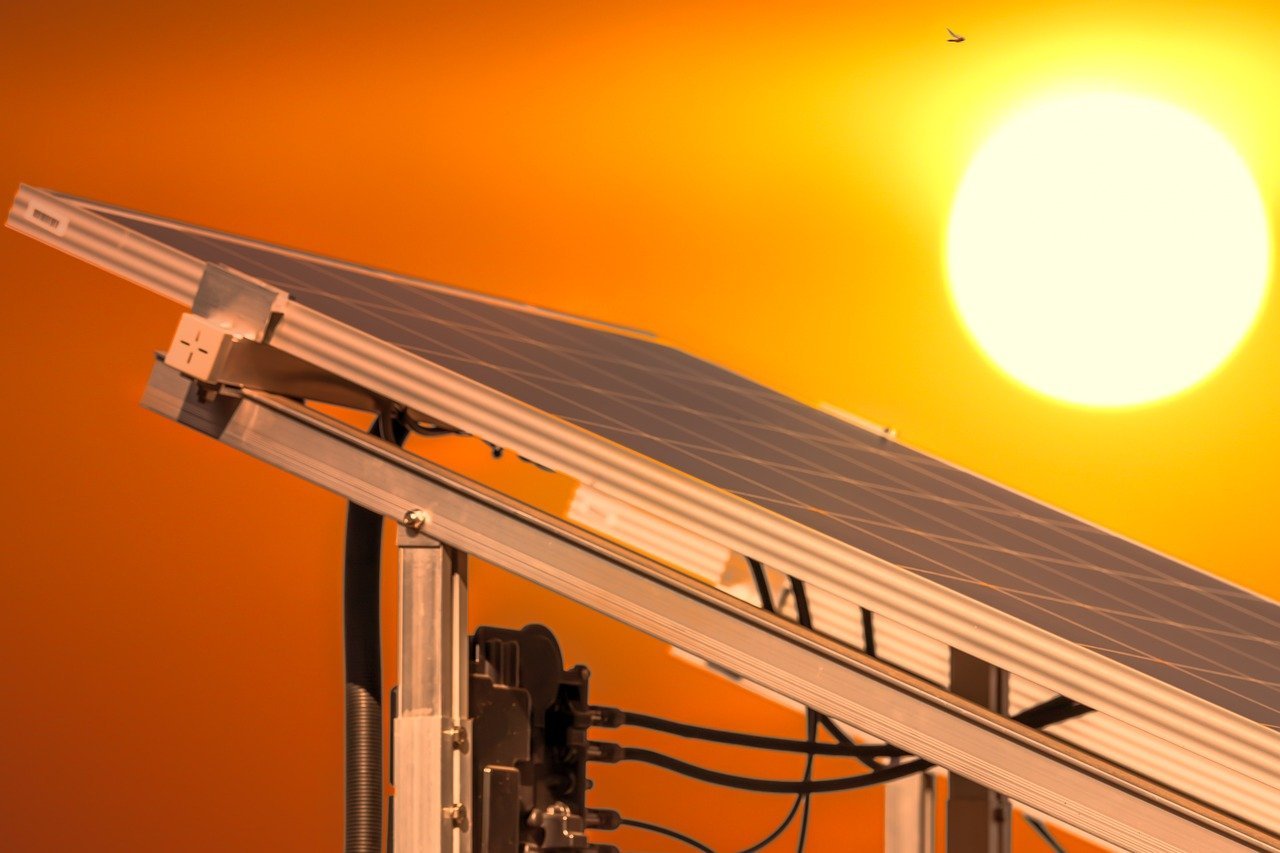Ground-mounted solar systems are easier to access for cleaning, repairs, and maintenance, which helps ensure they operate efficiently and have a longer lifespan.
On-ground solar panels can be optimally positioned to capture maximum sunlight throughout the day, leading to higher energy production compared to rooftop systems that might be limited by the roof's orientation and shading.
They can be installed on otherwise unusable land, such as brownfields or desert areas, which helps make productive use of these spaces without competing with agriculture or urban development.
Unlike rooftop solar, on-ground systems are not restricted by the structural limitations of a building, allowing for more flexible installation options and configurations.
Over time, on-ground solar systems can significantly reduce energy costs for homeowners, businesses, and utilities by providing a reliable and renewable source of power.
Solar energy has become a buzzword in the quest for sustainable energy solutions. Ground-mounted solar systems are gaining significant attention among the various methods of harnessing solar power. But what exactly are these systems, and why are they becoming so popular? Let’s dive into ground-mounted solar systems and explore their benefits, installation process, and much more.

Ground-mounted solar refers to solar energy systems installed directly on the ground rather than on rooftops. These systems consist of solar panels mounted on a framework anchored to the ground, designed to capture maximum sunlight.
Unlike rooftop solar systems, which are limited by the size and orientation of the roof, ground-mounted systems offer greater flexibility. They can be installed in open fields, backyards, or any unused land, making them ideal for large-scale installations.
There are several types of ground-mounted solar systems, each with unique features and benefits:
Ground-mounted solar systems come with several advantages:
Before installing a ground-mounted solar system, consider the following:
Before installing a ground-mounted solar system, consider the following:
The costs of ground-mounted solar systems can be broken down into:
Comparison with Rooftop Solar Costs: Ground-mounted systems can be more expensive initially due to the need for mounting structures and potential land preparation. However, they may offer better long-term returns due to higher energy production.
The installation of a ground-mounted solar system involves several steps:
Proper maintenance is crucial for the longevity and efficiency of ground-mounted solar systems:
Ground-mounted solar systems have a significant positive impact on the environment:
Various financial incentives make ground-mounted solar systems more affordable:
Ground-mounted solar systems offer a versatile and efficient way to harness solar energy. From higher energy production to flexibility in installation, the benefits are clear. As technology advances and costs come down, these systems will play a crucial role in our renewable energy future. If you’re considering solar energy, a ground-mounted system might be the perfect solution.

contact@greenpowerplanet.com.au